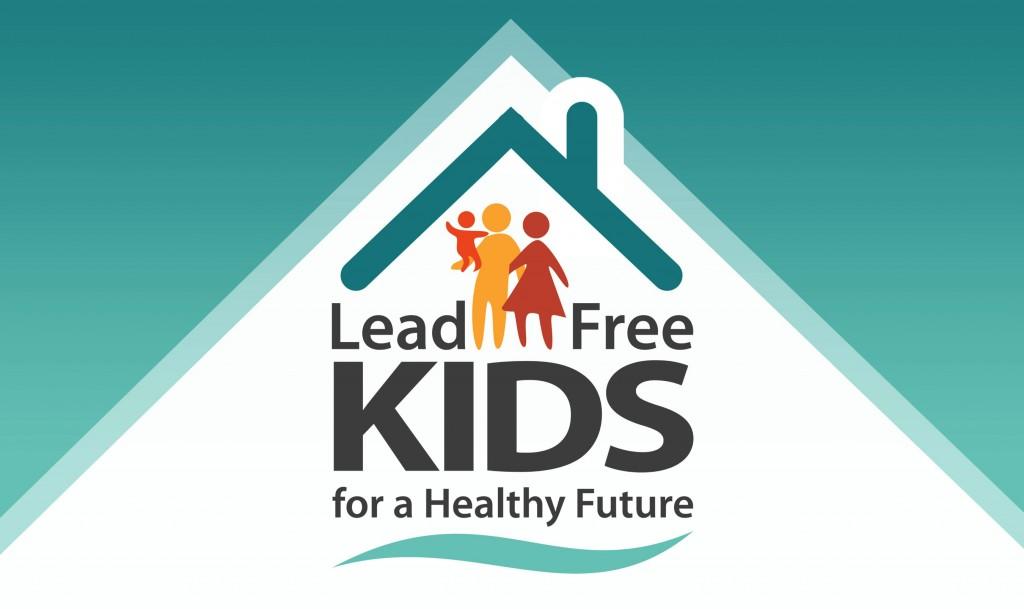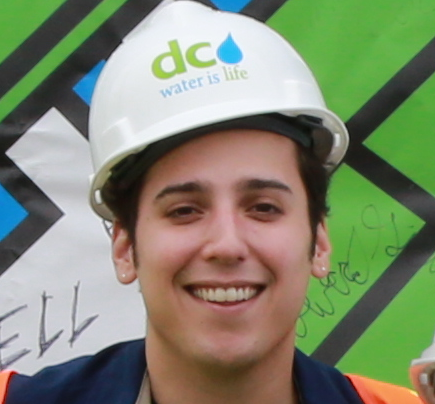Working Together to Protect Against Lead in Water

October 21-27 marks this year’s Lead Poisoning Prevention Week, aptly dubbed “Lead Free Kids for a Healthy Future.” This national campaign focuses on engaging and educating the public about the importance of preventing childhood lead exposure.
Everyone is exposed to “background levels” of lead, given its widespread distribution. However, our bodies don’t need lead to function, and given the serious adverse health effects associated with exposure, no amount of lead is considered “safe.” Pregnant women and children are particularly susceptible to the harmful effects of lead.
The Department of Energy and Environment (DOEE), the Department of Health Care Finance, and other District agencies are bringing attention to the many ways parents and guardians can protect their families from lead exposure. It is especially important to get your home inspected and your child’s blood tested, twice by the age of two. Major sources of lead exposure among children are lead-based paint and lead contaminated soil and dust found around homes built before 1978.
Lead can also enter tap water if it is released from pipes and plumbing containing lead. Drinking water is essentially lead-free when it leaves the treatment plant and travels through water mains in the street, but lead can be released into clean water as it passes through lead service pipes and household plumbing that contains lead. DC Water’s distribution system is lead-free, and we work with customers to replace lead service pipes that connect homes to the city water supply.
“We remain committed to providing safe drinking water and best-in-class service to our customers,” said David L. Gadis, CEO and General Manager of DC Water. “Lead exposure is preventable, and DC Water will continue to work with customers to protect our community from lead in water, and remove lead sources in the District.”
DC Water operates a robust program to address lead. This includes monitoring for lead at the tap, controlling corrosion, replacing lead service pipes, educating our customers on the health impacts of lead, and helping them identify and remove lead sources on their property.
District tap water meets all requirements of the Safe Drinking Water Act, and required sampling at household taps show lead levels across the city remain well below federal limits. Lead levels remain low because of proactive steps taken to prevent corrosion of lead pipes and household plumbing—the primary source of lead in water. However, lead levels can vary from home to home. Therefore, it is important for customers to join us in action to prevent lead exposure from water:
- Identify and remove lead sources.
- Run your water for two minutes to flush out lead.
- Filter tap water until you are sure all sources of lead are removed.
- Use cold water for drinking, cooking, and preparing baby formula.
- Remove and clean faucet aerators every three months.
DC Water encourages customers to order a free lead test kit to identify potential sources of lead in water on their property. When samples have elevated levels of lead, DC Water offers a plumbing inspection and more extensive testing at no charge. To order a free lead test kit, customers can contact the Drinking Water Division at 202-612-3440 or email leadtest@dcwater.com.
Childhood exposure to lead is preventable, and DC Water encourages customers with concerns about lead in their water to contact us so that we can help ensure our community stays healthful and hydrated for generations to come.






